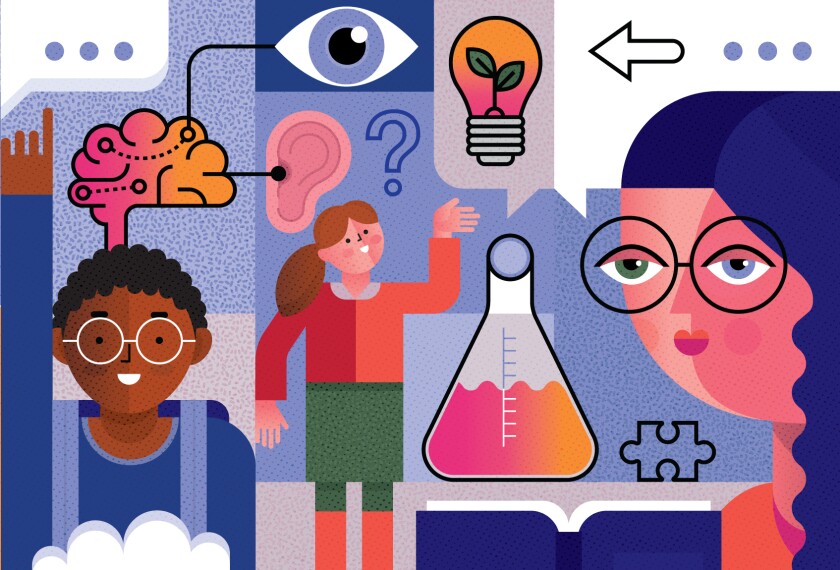There’s a consensus in science education that science should be something students actually get to do—that learning how to employ investigative methods to test hypotheses is just as important as understanding the periodic table or being able to diagram a cell.
A group of professional researchers is now working to support that goal, giving teenagers the opportunity to publish their own scientific papers.
The Journal of Emerging Investigators, an open-access publication that publishes original research from middle and high schoolers, was started in 2011 by Harvard University graduate students who thought there should be a way to document the work that school-age researchers were submitting to science fairs. The journal now publishes students from at least 20 countries and is available to read for free online.
The process—of conducting research, getting feedback from working scientists, and seeing one’s own findings in print—is transformative, said Grace Kim, a first year student at Emory University who published her research on COVID’s impact on students’ social, mental, and physical health in JEI in fall 2021. Kim is now an outreach coordinator with the journal.
Before she started her project, she’d had the idea that publishing was something that only adults or doctoral students could do. “You have to research in a university and find these grand results—new things—and share with the world,” she said.
Submitting to JEI showed her that wasn’t the case.
“I was excited to know that I could do something on my own,” she said.
Supporting the thrust of new science standards
The journal also helps support the goal of many states’ expectations for student learning in science. Inquiry and engagement in the scientific process are key parts of the Next Generation Science Standards, released in 2014 and in use in about 20 states. They require that students learn science and engineering practices alongside content knowledge.
Teachers have said that finding ways to have students authentically practice science in class can be challenging—even as science education organizations and curriculum companies put out new materials designed to align to the NGSS.
This year, the journal is on track to publish about 175 papers from middle and high school students in the United States and internationally, said Scott Soldat-Valenzuela, JEI’s executive director.
The submission guidelines for the journal are broad: Any hypothesis-driven experimental research is fair game.
Many of the papers are in natural sciences, but not all, said Soldat-Valenzuela. Earlier this month, for example, they published a paper on socio-economic status correlates with Indian teenagers’ physical activity. “We really want students to write about something that they’re passionate about,” he said.
Opportunities for feedback, collaboration
Students must be in 6th-12th grades when they submit their work, and they need to have a mentor—whether a teacher, parent, or other adult. JEI provides a guide on how to prepare an academic paper, covering details like hypothesis design and how to format figures and tables.
Volunteers—graduate students, post-doctoral students, and other science professionals—review the submissions and provide feedback.
“It’s an advanced experience, but it’s also really educational for them,” said Soldat-Valenzuela. “They’re getting real feedback from a real reviewer.”
The process also puts students in conversation with professional researchers, said Kim.
Her 2021 paper presented survey research that Kim conducted with students at private international schools in South Korea, one of which she attended. Reviewing other literature allowed her to contextualize and compare her results, Kim said, noting the differences in student experiences across countries and socioeconomic statuses.
Kim sought JEI out. She knew she wanted to get more involved in the science community, and she was looking for a way to publish her research. That’s how most submissions come to the journal, said Soldat-Valenzuela.
Now, he said, the team is trying to broaden its outreach to more teachers and students, especially in lower-income communities. It’s started to offer seminars to prepare middle and high schoolers for the submission process and answer any questions. They want to make it clear that anyone with a hypothesis to test can conduct research.
“We’re really focused on the student writing, and learning how to publish their work, and how to communicate their science to other students,” Soldat-Valenzuela said.





